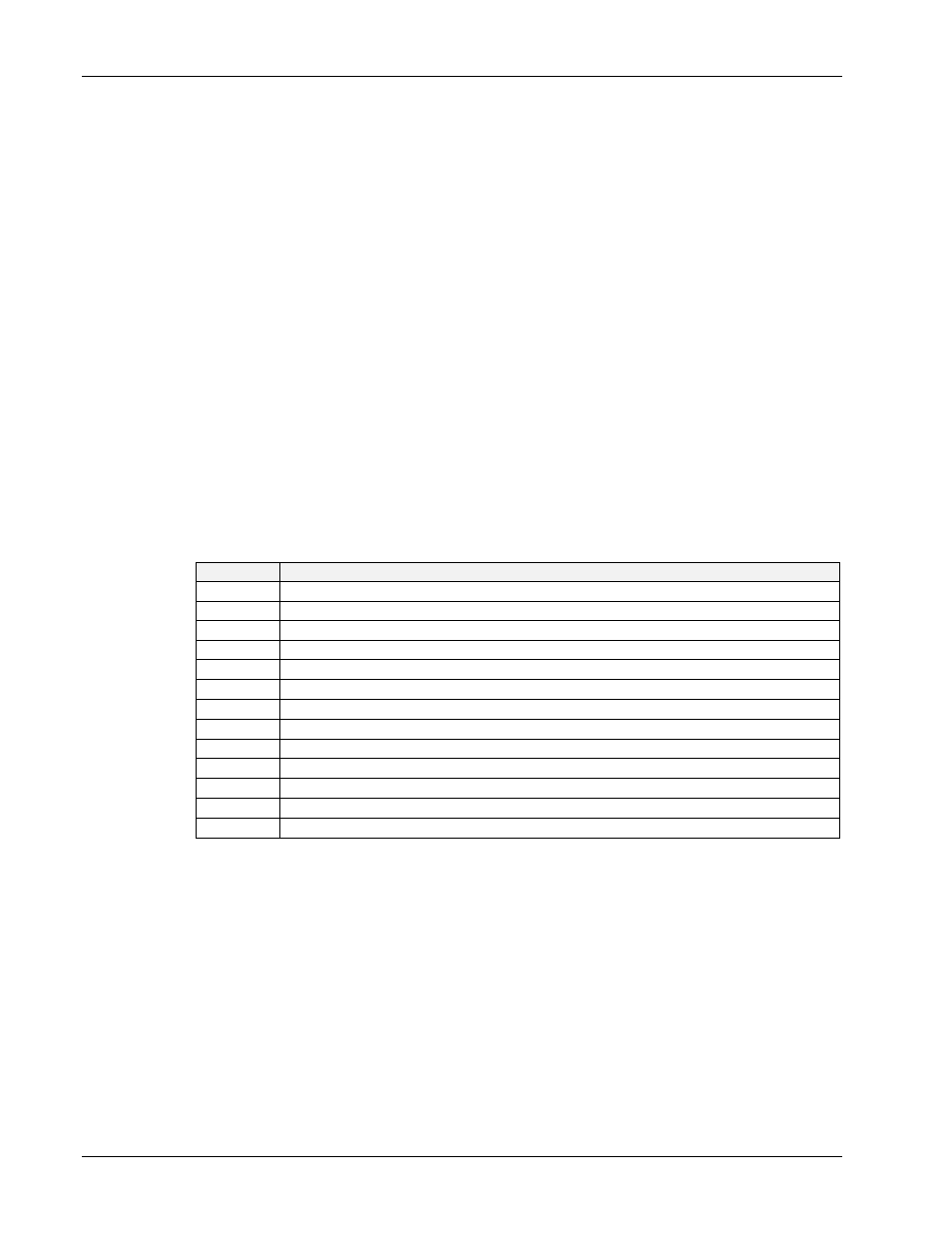Configuration of the 195 dmm – Measurement Computing Personal488 rev.3.0 For DOS & Windows 3.Xi User Manual
Page 107

8J. Spreadsheets
II. SOFTWARE GUIDES - 8. Driver488/DRV
II-92
Personal488 User’s Manual, Rev. 3.0
All of the commands discussed so far:
OPEN
,
RESET
,
EOL IN CR
, and
FILL ERROR
are placed in a
separate subroutine called
IeeeInit
. Thus, to accomplish all of the above steps, use
IeeeInit
:
{IeeeInit}
Once everything is reset, we can test the communications and read the Driver488/DRV revision number
with the
HELLO
command:
{WRITELN “HELLO”}
{READLN Hello}
We first
WRITELN
the
HELLO
command, then
READLN
the response into the cell named
Hello
(lower
case). Notice the quotation marks (
“ ”
) around the word
HELLO
(upper case) in the
WRITELN
command. These force Lotus to write the word
HELLO
(upper case) rather than the contents of the cell
named
Hello
(lower case). Otherwise, since upper-case and lower-case letters are considered
identical, both
HELLO
and
Hello
would refer to the same cell.
It is not necessary to perform the
HELLO
command, but it is included here as a simple example of
normal communication with Driver488/DRV. Its response is the revision identification of the
Driver488/DRV software:
Driver488 Revision X.X ©199X IOtech, Inc.
We can also interrogate Driver488/DRV for its status:
{WRITELN “STATUS”}
{READLN Status}
Subsequently, the printed response is similar to the following:
CS21 1 I000 000 T0 C0 P0 OK
Configuration of the 195 DMM
Once the system is initialized we are ready to start issuing bus commands. The IEEE 488 bus has
already been cleared by the Interface Clear (
IFC
) sent by the
RESET
command, so we know that all bus
devices are waiting for the controller to take some action. To control an IEEE 488 bus device, we
output an appropriate device-dependent command to that device. For example, the
F0R0X
command
line below sets the 195 to read DC volts with automatic range selection:
{WRITELN “OUTPUT 16;F0R0X”}
The
OUTPUT
command takes a bus device address (
16
in this case) and data (
F0R0X
) and sends the data
to the specified device. The address can be just a primary address, such as
12
, or
05
, or it can include
a secondary address:
1201
. Note that both the primary address and, if present, the secondary address
are two-digit decimal numbers. A leading zero must be used, if necessary to make a two-digit address.
Notice that the entire
OUTPUT
command is enclosed in quotation marks (
“ ”
). This is necessary
because the command includes a semicolon character (
;
) which would interfere with the
WRITELN
command if it were not enclosed in quotes.
The following indicators describe each component of the Driver488/DRV status:
Indicator
Driver488/DRV Status
C
It is in the Controller state.
S
It is the System Controller.
21
The value of its IEEE 488 bus address.
1
An Address Change has occurred.
I
It is idle (neither a talker nor a listener).
0
There is no
ByteIn
available.
0
It is not ready to send a
ByteOut
.
0
Service Request (
SRQ
) is not asserted.
000
There is no outstanding error.
T0
It has not received a bus device
TRIGGER
command (only applies in Peripheral mode).
C0
It has not received a
CLEAR
command (only applicable in the Peripheral mode).
P0
No
CONTINUE
transfer is in progress.
OK
The error message is “OK”.
